Filter
Electromagnetic Flow Meters
by
-
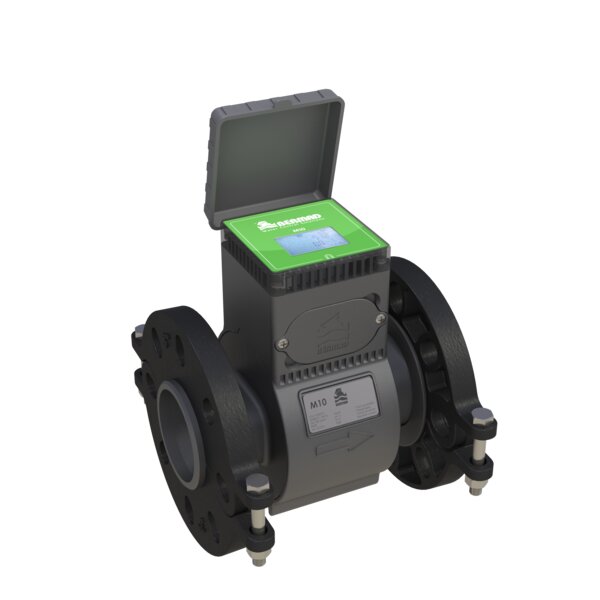
Light Weight Composite EFM
Split Flanged, Bluetooth & Modbus communication, & Dual Pulse outputs -
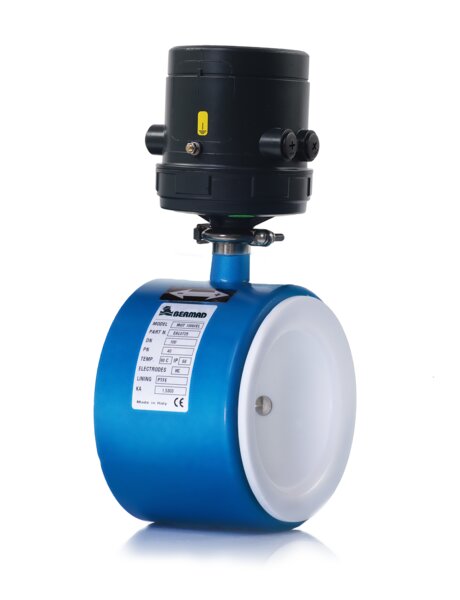
DC Powered Wafer EFM
Model MUT1000-MC406 -
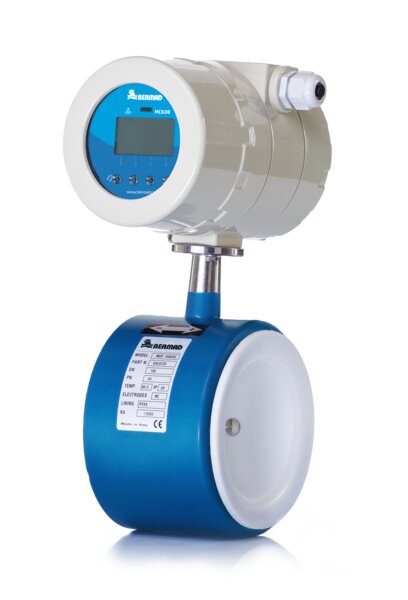
AC powered Wafer EFM
Model MUT1000-MC608A -
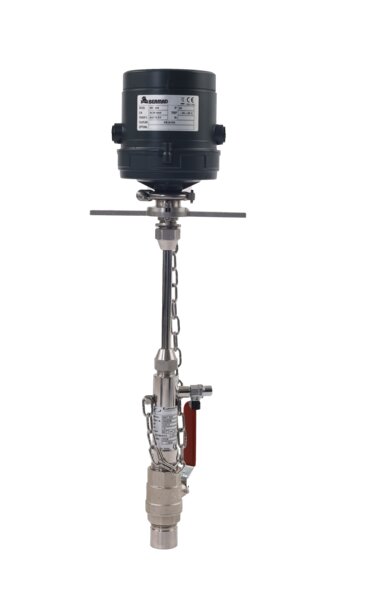
DC Powered Insertion EFM
Model MUT1222-MC406 -
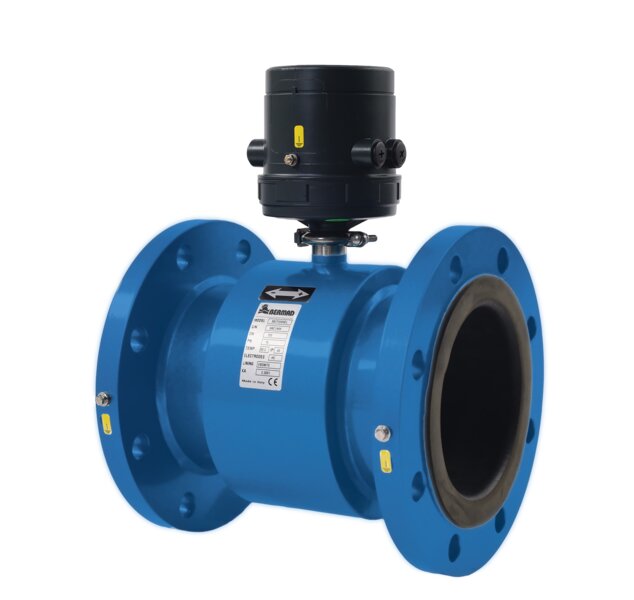
DC Powered EFM
Model MUT2200-MC406 Battery -
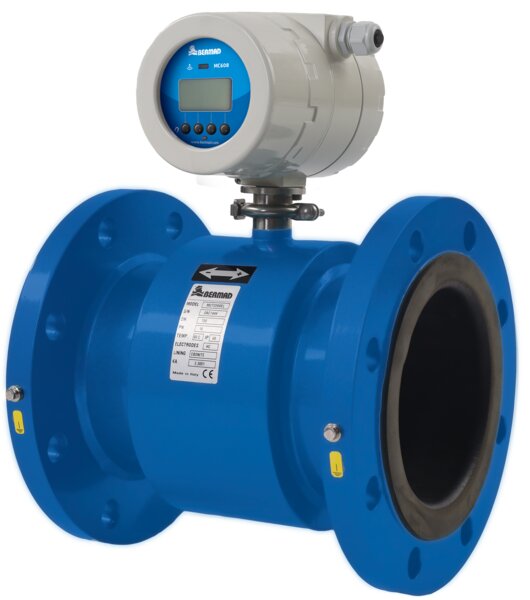
AC powered EFM
Model MUT2200-MC608A High Voltage -
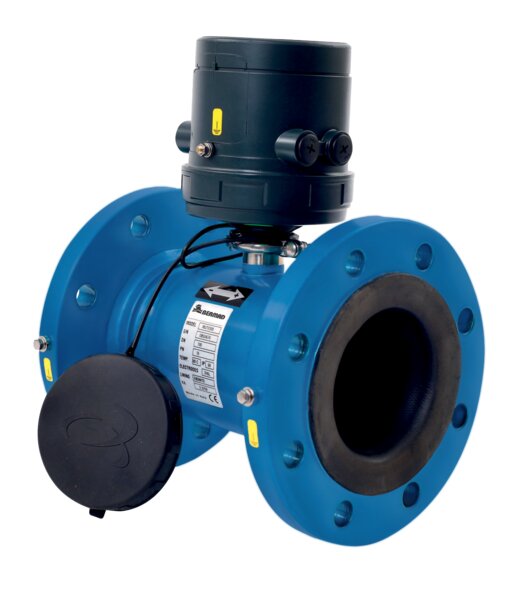
DC Powered, Zero D, EFM
Model MUT2300-MC406 Battery -
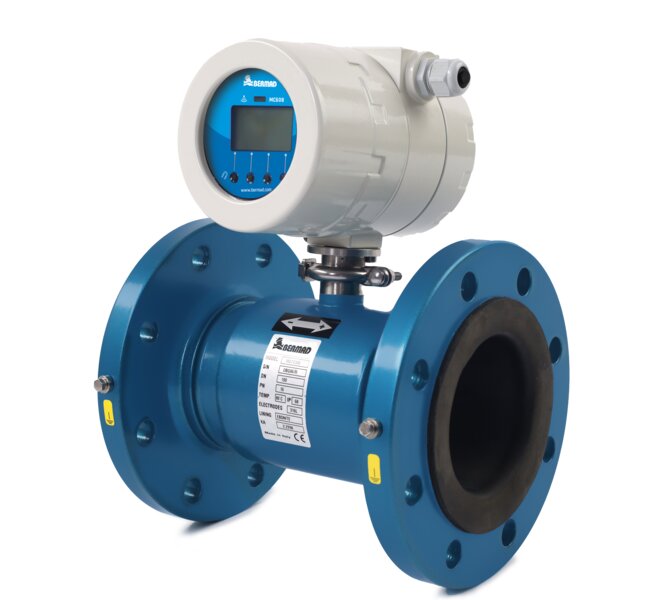
AC powered, Zero D, EFM
Model MUT2300-MC608 High Voltage -
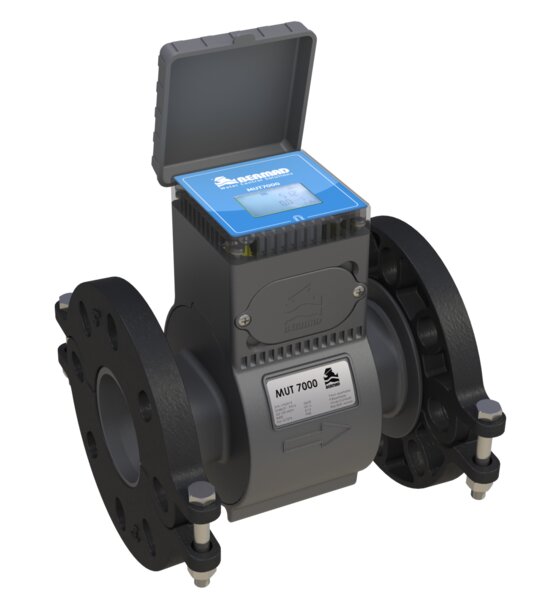
DC Powered Composite EFM
Split Flanged, Bluetooth & Modbus communication, & Dual Pulse outputs
What are
Electromagnetic Flow Meters 
A mag meter, or magflow meter, is a flow meter that measures the flow rate based on the electromagnetic induction principle. Based on Faraday’s Law, an electrical conductor moving through a magnetic field produces an internal electric signal. In mag meters, the liquid acts as the conductor. A magnetic field is applied to the metering tube, resulting in a potential difference (voltage). The measured voltage is directly proportional to the liquid’s velocity, runs through the meter and can be measured accurately.
How Do Electromagnetic Flow Meters Work?
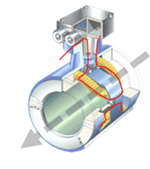
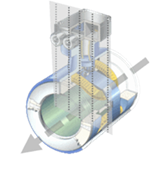
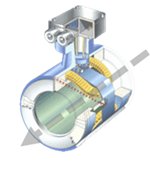
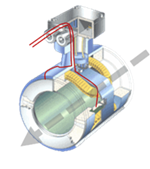
- The electromagnetic coils are energized employing either AC or pulsed DC excitation.
- The coils generate a magnetic field around the flow tube and perpendicular to the flow.
- An electrical signal is produced within the conductor (the liquid that is being measured).
- Two electrodes pick up the signal directly proportional to the flow velocity, the intensity of the magnetic field, and the width of the pipe.
What are the Features & Benefits of Electromagnetic Flow Meters?
- No moving parts.
- Long lasting stability and precision.
- No filter needed.
- Zero maintenance.
- Accurate measure at high flow rate and at low flow rates.
- Bi-directional measure.
- Data logging: Data automatically stored in the internal Eeprom memory. Up to 100,000 lines of active data-logging.
- Multiple outputs: pulse, analog 4-20mA, Modbus, frequency, Hart protocol and programmable output.
- Wider range of measurement.
- Empty pipe detection: Empty pipe electrode supplied as standard (≥ DN65). Empty pipe detection on measuring electrodes standard for all sizes.






